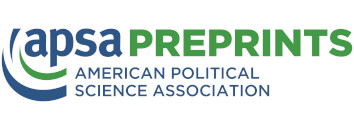Abstract
In this paper, I draw upon a theoretical framework informed by institutional isomorphism (DiMaggio & Powell, 1983) to analyze the grantmaking practices of traditional and strategic philanthropies, with particular attention to areas of increasing convergence such as the utilization of measurable outcomes and metrics. Drawing on interviews with foundation officers and grant information from Foundation Directory Online, I find that while differences remain between traditional and strategic philanthropies, a new “hybrid philanthropy” model is emerging that blends outcomes-oriented and field-oriented approaches to grantmaking. I also find that the homogenization of practices across foundations and the influence of larger policy trends focused on data-driven decisionmaking may be leading foundations to exercise what might be termed “high stakes grantmaking.” To the extent that this might conflict with what is good for students and communities, and the goals of democratic decision making in education policy more broadly, additional research is needed.


![Author ORCID: We display the ORCID iD icon alongside authors names on our website to acknowledge that the ORCiD has been authenticated when entered by the user. To view the users ORCiD record click the icon. [opens in a new tab]](https://preprints.apsanet.org/engage/assets/public/apsa/logo/orcid.png)
